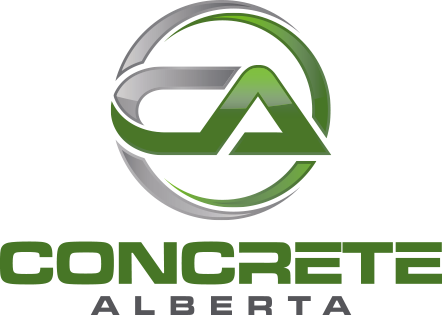Making and Curing Concrete
| Old rules of thumb |
Good concrete can be obtained by using a wide variety of mix proportions if proper mix design procedures are used. An old rule of thumb known as the Rule of 6 suggests:
|
|
Curing concrete |
Curing is one of the most important steps in concrete construction, because proper curing greatly increases concrete strength and durability. Concrete hardens as a result of hydration: the chemical reaction between cement and water. However, hydration occurs only if water is available and if the concrete's temperature stays within a suitable range. During the curing period (from five to seven days after placement for conventional concrete) the concrete surface needs to be kept moist to permit the hydration process to continue. New concrete should either be kept continuously wet with soaking hoses, sprinklers or by covering with wet burlap or filter fabric, or concrete can be coated with commercially available curing compounds, which maintain moisture in the concrete while it cures. |
|
Effects of temperature on concrete |
Temperature extremes make it difficult to properly place, finish and cure concrete. On hot days, too much water is lost by evaporation from newly placed concrete. On the other hand, if the temperature drops too close to freezing, hydration slows to nearly a standstill. Under these conditions, concrete ceases to gain strength and other desirable properties. In general, the temperature of new concrete should not be allowed to fall below 10 degrees centigrade during the curing period. |
|
Adding air to concrete to help when it freezes |
Air-entrained concrete contains billions of microscopic air cells per cubic metre. These air pockets relieve internal pressure in the concrete by providing tiny chambers for water trapped in the capillaries of concrete to expand into when it freezes. Air-entrained concrete is most often produced by the introduction of air-entraining agents (admixtures), at the concrete batch plant. The amount of entrained air targeted for a concrete that will be subject to cycles of freezing and thawing is usually between 4 percent and 8 percent of the volume of the concrete, but may be varied as required by special conditions. |
| Concrete can harden under water | Portland cement is a hydraulic cement which means that it sets and hardens due to a chemical reaction with water. Consequently, it will harden under water. |
